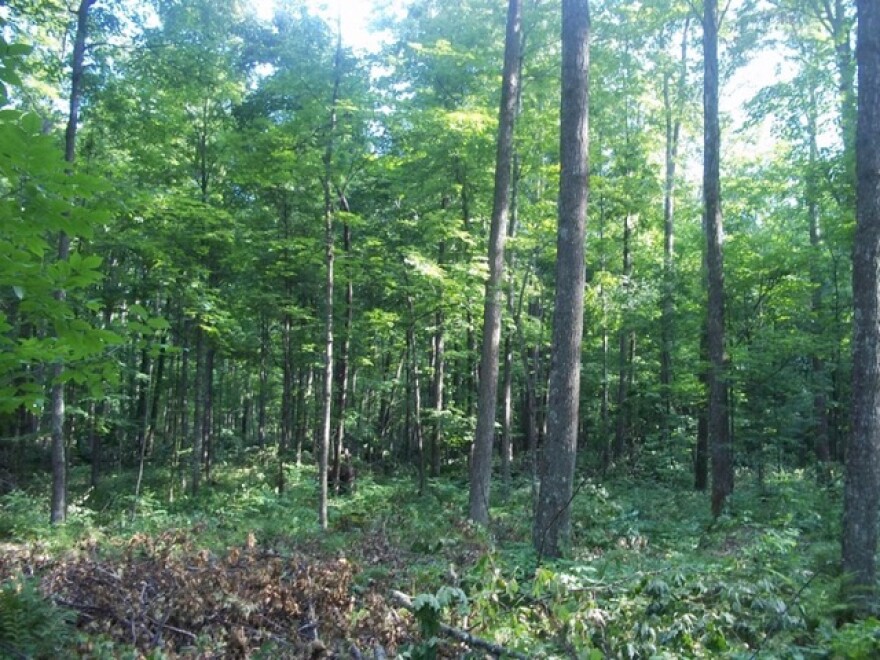There is an old cowboy saying that goes something like this, “It ain’t the things you don’t know what gets you in trouble; it’s the things you know for certain that just ain’t so!” My high school English teacher would be horrified by the grammar, but the sentiment is certainly true.
My topic for today – What do we really know about our forests? What is perception and what is reality?
My first question for you – In the United States, are we gaining forestland area or losing forestland area? I suspect most people would guess that we are losing forestland area and that guess would be incorrect. It is true that we have roughly 68% of the forestland that we did prior to European colonization due primarily to development and agriculture. But if we look at more recent history, we have actually gained forestland area. For Example, we have gained 1.7 million acres of forestland in Wisconsin since 1983 for a total of 16.4 million acres of Wisconsin forestland. Nationally, we have seen similar gains primarily as low productive agricultural lands reverted back to forests. I believe our local misperceptions of forestland area are caused by news stories on deforestation in tropical rainforests. It is true that we are losing tropical forestland area in Africa and South America. The primary causes are clearing for agriculture and pasture lands.
We are fortunate in Wisconsin to have a stable forestland area, but there are still challenges to overcome. Individuals and families own 58 percent of Wisconsin’s forests. One challenge is the size of forestland parcels are declining and the number of forestland owners are increasing. In other words, the size of the forestland pie is stable, but the pieces of the pie are becoming smaller. This is called parcelization. These conditions make it challenging for forest managers to maintain economical timber harvesting on these smaller forestland parcels. Remember that our forests have multiple uses. Forests can be managed and harvested for its wood resources, used for recreation, and managed for wildlife habitat all at the same time. Parcelization makes this type of management more difficult.
My second question for you – In the United State, are we gaining or losing wood volume? If you were paying attention to the first question on forestland area, you might have guessed that wood volume in the United States and here in Wisconsin is increasing. The same applies to European forests. The growth to removal ratio in the United State is 2.5 to one. That means for every 1 cubic foot of wood harvested from the forest, we gain 2.5 cubic feet of new growth. Here in Wisconsin, the growth to removal rate is 1.8 to one. Imagine if you had a savings account where you gained 1.8 dollars for every dollar you spent!
One negative aspect of this incredible increase in wood volume is tree mortality. Nationally, we lose about 10 billion cubic feet of tree growing stock annually to mortality caused by disease, insects, overcrowding, and over maturity. That represents about 10% of the growing stock. From a consumption point of view, we could harvest more wood to meet our growing needs for wood fiber, capture this mortality loss, and still enjoy our sustainable forests. From a carbon perspective, tree mortality returns the carbon stored in the wood to the atmosphere as decay fungi consume the dead material. In other cases, especially in the western United states, wildfires can release a great deal of carbon when dead trees are consumed in a dramatic and often catastrophic fashion.
It is clear that better forest management can help us deal with tree mortality before it happens. Forest management is analogous to an annual physical. It is a good idea to check with your doctor periodically to make sure all is well. Having a forester check on your forests periodically is also a good idea. I mentioned earlier that 58% of Wisconsin’s forests are privately owned. There is a large portion of these owners, probably half or more, that don’t manage their forests. Reaching these forestland owners will benefit all of us as we continue to use and enjoy our multiple use forests.







